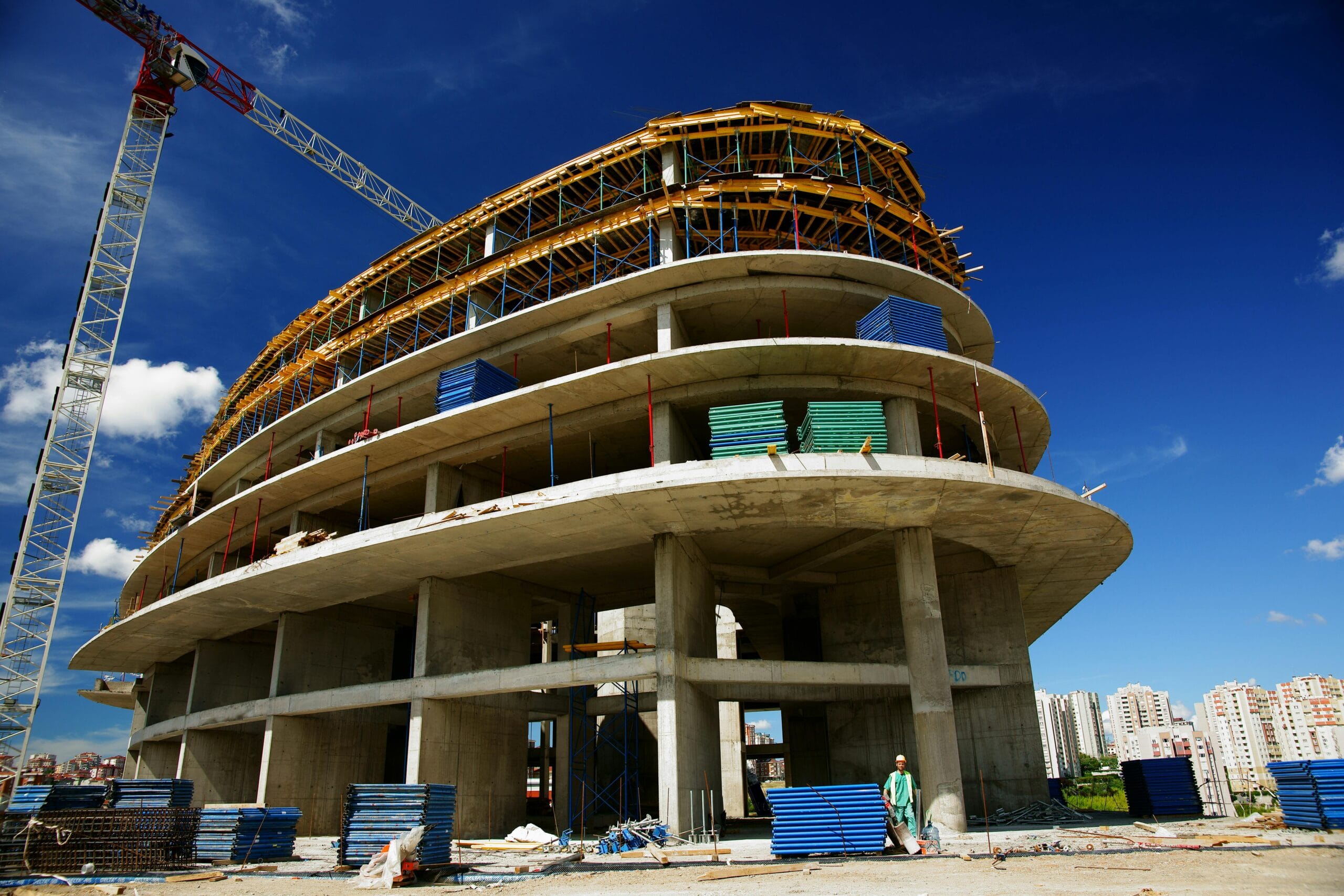The rapid urbanisation of societies worldwide presents unique challenges and opportunities in terms of urban infrastructure development. As cities continue to grow and evolve, the demand for innovative solutions to support their expansion becomes increasingly critical. One of the key players in transforming urban landscapes is structural engineering, a discipline essential in crafting the resilient and efficient infrastructure that modern cities require.
The Importance of Structural Engineering in Urban Development
At its core, structural engineering involves the design and analysis of structures that support or resist loads. Experts in this field ensure that buildings and other infrastructure can withstand environmental stresses and human use over time while maximising safety and functionality. In urban settings, structural engineers work on a diverse range of projects, from skyscrapers and transportation systems to bridges and water supply networks.
One of the most visible roles of structural engineering within cities is the construction of high-rise buildings. These complex structures not only define a city’s skyline but also contribute to its economic dynamic. Structural engineers orchestrate the strategic planning that goes into the development of these vertical cities within a city, implementing cutting-edge materials and techniques.
Innovative Materials and Techniques
The adoption of new materials and building methods plays a significant role in the progression of urban infrastructure. Advancements in materials such as high-performance concrete, composites, and environmentally sustainable resources have revolutionised how structures are built.
One example is the development of self-healing concrete, which incorporates bacteria that produce limestone to fill in cracks as they form. Innovations like these not only enhance the longevity of structures but also reduce maintenance costs and the environmental impact of repairs.
Resilience Against Climate Change
Aside from advances in materials, structural engineers also work on adapting urban infrastructure to the realities of climate change. Strengthening structures to withstand extreme weather events, rising sea levels, and higher temperatures is now an integral part of the construction process. Techniques employed may include reinforcing foundations, using resilient structural designs, and integrating flood defence systems.
Furthermore, they contribute to the creation of green infrastructure, which includes parks, green roofs, and urban trees that provide shade and help to manage stormwater. This synergy of natural and built environments helps to mitigate the effects of urban heat islands and improve air quality.
The Interdisciplinary Nature of Urban Structural Engineering
Modern structural engineering is inherently interdisciplinary, often overlapping with other fields such as urban planning, environmental science, and architecture. This multidisciplinary approach is essential to address the range of challenges posed by urban infrastructure projects.
For example, in the construction of transportation networks like metro systems or bike lanes, structural engineers must consider not only the physical integrity of the structure but also how it fits into the existing urban landscape and meets the residents’ needs.
Public Safety and Accessibility
A critical aspect of structural engineering in urban areas is the focus on public safety and accessibility. Careful planning and design ensure that infrastructure is not only robust but also accessible to all individuals, including those with disabilities.
Structural engineers participate in drafting and updating building codes and standards that govern the design of pedestrian walkways, emergency exits, and the implementation of universal design principles. This attention to standards is a testament to the field’s commitment to public welfare.
Smart Cities and Structural Engineering
As the concept of smart cities gains traction, structural engineering plays a crucial role in integrating technology into urban infrastructure. The use of sensors and intelligent systems allows for real-time monitoring of structures and the collection of data that can be used for maintenance, design improvements, and emergency response planning.
The incorporation of such technology results in ‘living’ structures that can communicate their status and adapt to changing conditions. This level of sophistication and interactivity ensures urban environments are not only structurally sound but also efficient and responsive to the needs of their inhabitants.
Preservation and Retrofitting
Structural engineering goes beyond new constructions. It is equally important in preserving the heritage of cities. Retrofitting historical buildings with modern amenities and safety features without compromising their integrity requires meticulous analysis and a thoughtful approach. Structural engineers provide expertise in areas such as seismic retrofitting to safeguard heritage structures against natural disasters.
They also advocate for sustainable development practices by promoting the use of existing infrastructure wherever possible, thus reducing the need for new construction and minimising waste.
Cultivating Structural Engineering Talent for Urban Futures
To continue the advancement of urban infrastructure, the cultivation of new structural engineering talent is essential. Education and continuous professional development are key to equipping structural engineers with the skills necessary to devise innovative solutions to the increasingly complex challenges of urban life.
Institutions and firms frequently collaborate to ensure that the latest knowledge and practices are distributed throughout the profession. This includes engagement with cutting-edge research in building science and participating in forums that discuss the future of cities.
Conclusion
As cities continue to evolve and expand, the contributions of structural engineering are invaluable. From the incorporation of resilient materials and practices to ensuring public safety and embracing technological innovation, structural engineers are at the forefront of creating a sustainable and efficient urban future. Their expertise enables the construction of infrastructure that is both visionary in its design and grounded in its practicality for today’s urban dwellers.
For cities to remain vibrant and adaptive spaces, we need continuous innovation and smart design principles, all of which are supplied through the ingenuity and dedication of those in structural engineering. The cities we live in today, and the ones we aspire to build tomorrow, owe much to the structural integrity and creative vision that this field provides.














